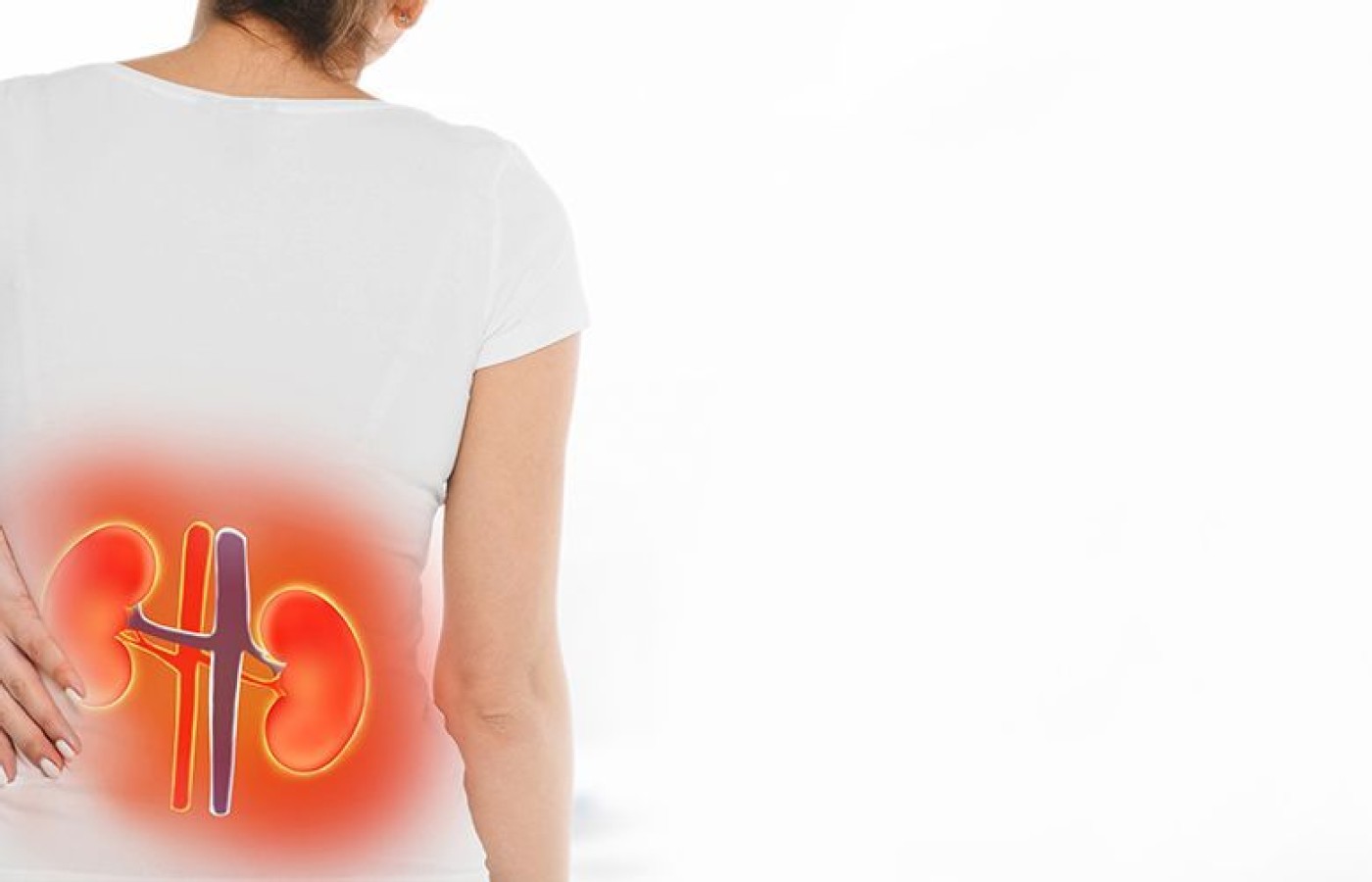Whether you accept it, avoid it or live somewhere in between, insurance coverage has become a defining issue for our profession. Patients increasingly expect to use their benefits, practitioners want to be compensated fairly for their time and expertise, and the system itself remains – at best – fragmented. The encouraging news is that coverage has expanded in meaningful ways. The challenging news is that reimbursement, across the board, remains inadequate.
Standing Up to the Pain: Acupuncture for Renal Colic
Ask any patient who's experienced kidney stones what they remember most, and they likely sum it up in one word: pain. (Ask anyone who hasn't had kidney stones what they're afraid the experience is like, and the same word generally comes to mind.) Renal colic – pain caused by a stone in the urinary tract – is often treated first with over-the-counter or prescription medication since immediate pain relief is the goal. New research suggests acupuncture is more effective.
In the double-blind, randomized, controlled trial by Zhang X, et al., published in the Journal of Pain Research, 80 adult patients (ages 18-75) with acute renal colic were divided into two groups for comparison. One group received acupuncture at two points (SP 6 – Sanyinjiao and SP 9 – Yinlingquan) for 20 minutes, plus saline injections; the second group received sham acupuncture at the same two points and 8 mg lornoxicam, a prescription nonsteroidal anti-inflammatory drug sold under the brand names Xefo and Xefocam, among others.

The primary outcome measure assessed was the short-term effective rate ("cured," "markedly effective" or "improved" based on 0-10 VAS scores at baseline vs. 40 minutes after treatment); secondary measures were onset time (the time it took for patients to experience the above) and the incidence of adverse reactions (nausea and dizziness). Measures were assessed at multiple time points (5,10,15, 20 and 40 minutes) following treatment.
The short-term effective rate was significantly higher in the acupuncture group (84.62 percent of patients) vs. the lornoxicam group (61 percent), and the drug group also experienced slightly more adverse reactions (three patients vs. only one in the acupuncture group).
Editor's Note: Interested in learning more? The entire study is available for review free of charge by clicking here.



